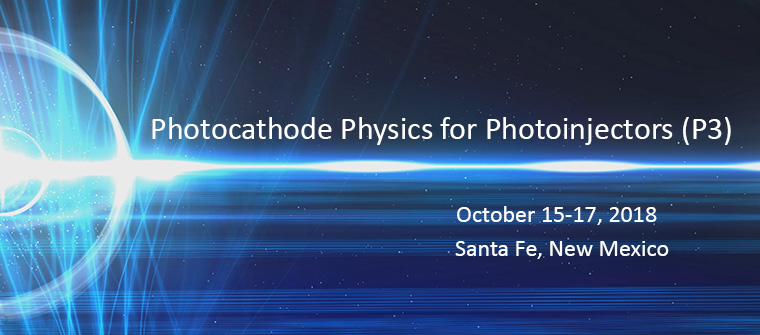Speaker
Description
n-type ultra-nano-crystalline diamond (n-UNCD, a synthetic polycrystalline, a mix of sp3 and sp2 phases, diamond
with semimetallic electron conductivity) has emerged as a negative electron a±nity (NEA) photocathode platform
that can be engineered toward a speci¯c targeted application. This presentation summarizes our experimental results
related to (i) quantum e±ciency (QE); (ii) ruggedness/lifetime; (iii) emittance/mean transverse energy (MTE); (iv)
time response of n-UNCD photocathode structures.
NEA can be induced on UNCD via surface treatment in hydrogen. Such NEA is stable against air exposure for
extended time. The combination of air resistant NEA and n-doping is the key to engineer low work function. Nitrogen-
doped UNCD, (N)UNCD, processed in H2 plasma demonstrated QE »0.1% at 254 nm and enhanced photoelectric
response at wavelengths up to 400 nm. Recently, it was experimentally established that submicron (N)UNCD pho-
tocathodes feature optical interference. This e®ect suggests strong optical density enhancement on the photocathode
surface and minimized delay in photoelectron emission (potentially prompt response time) and points out a °exible
path to engineer optical response window of the photocathode to further enhance QE.
Lastly, we measured MTE of a (N)UNCD cathode that was found to be .250 meV with weak dependence on the
photon energy. We will outline a concept that link together our experimental results with the graphitic patch model
according to which electrons in UNCD are emitted from sp2 graphitic grain boundaries, implying that the e®ective
mass of emitted electrons is ¼1/18 of the free electron mass and explaining weak MTE dependence on the excess
energy of the primary photons. This fact together with nanometer surface roughness could pave a way to a small
intrinsic emittance.




